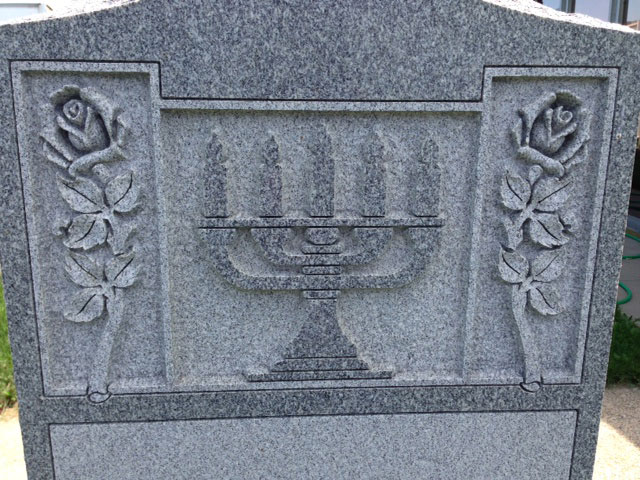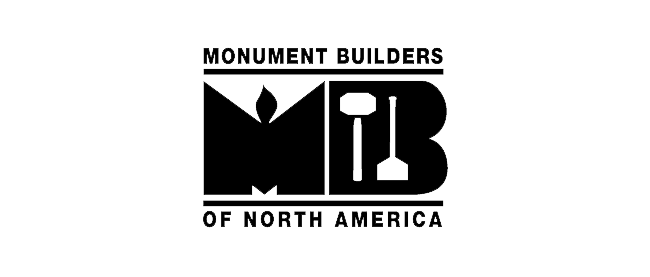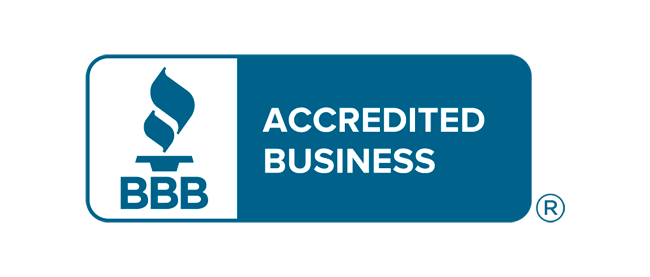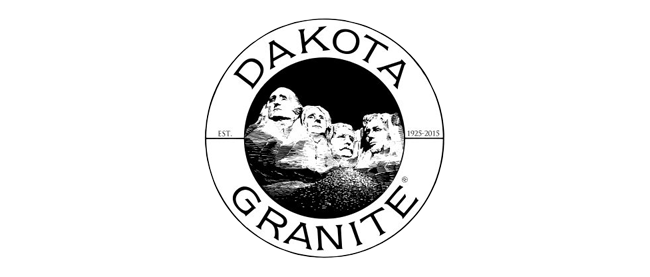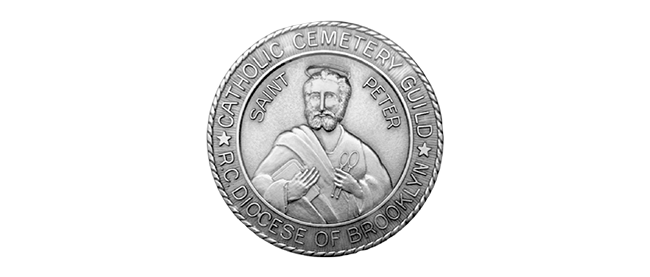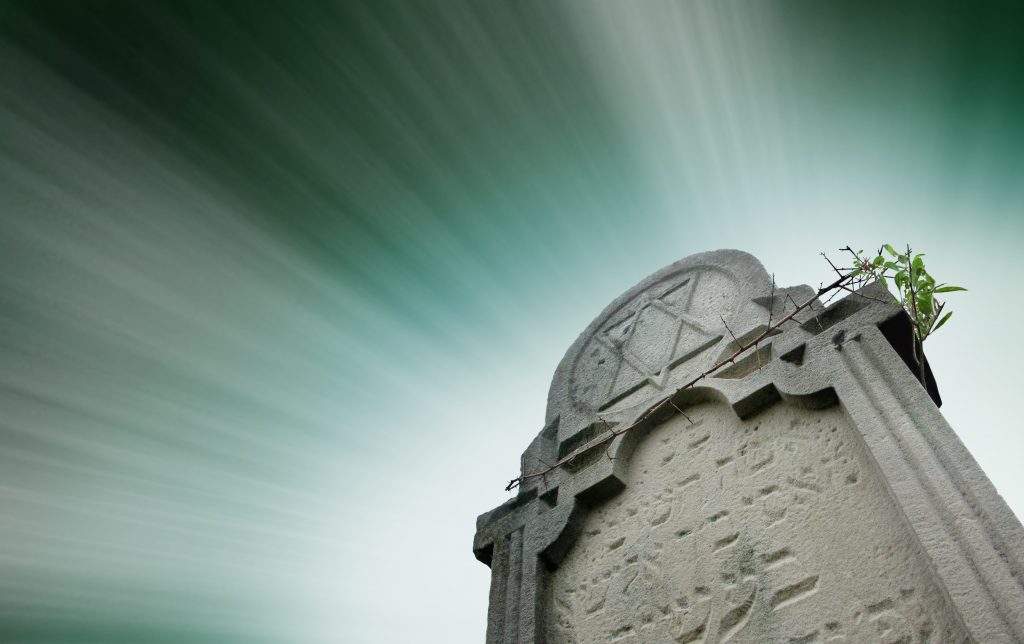
Honoring Your Loved Ones with Faith, Tradition, and Dignity
At St. Charles Monuments of Long Island, we offer a wide variety of Jewish monuments, foot stones, headstones, memorials, and custom etchings. For over 50 years, we have been honored to help families design monuments that respectfully preserve the memory of their loved ones while adhering to Jewish traditions, burial customs, and cemetery regulations.
We are conveniently located just south of Beth Moses Cemetery and within walking distance of Wellwood Cemetery, making us a trusted partner for families in the surrounding area. Our knowledgeable team will guide you through every step of the process—from monument design to inscription to cemetery approval—ensuring your loved one is memorialized with care, reverence, and tradition.
Losing a loved one is never easy. Our goal is to simplify the memorial ordering process. If you have a family plot and want a matching foot stone, call our office. We’ll visit the cemetery, examine the existing stones, and match the size, finish, and details. You’ll also receive a computerized layout to ensure full satisfaction with your memorial.
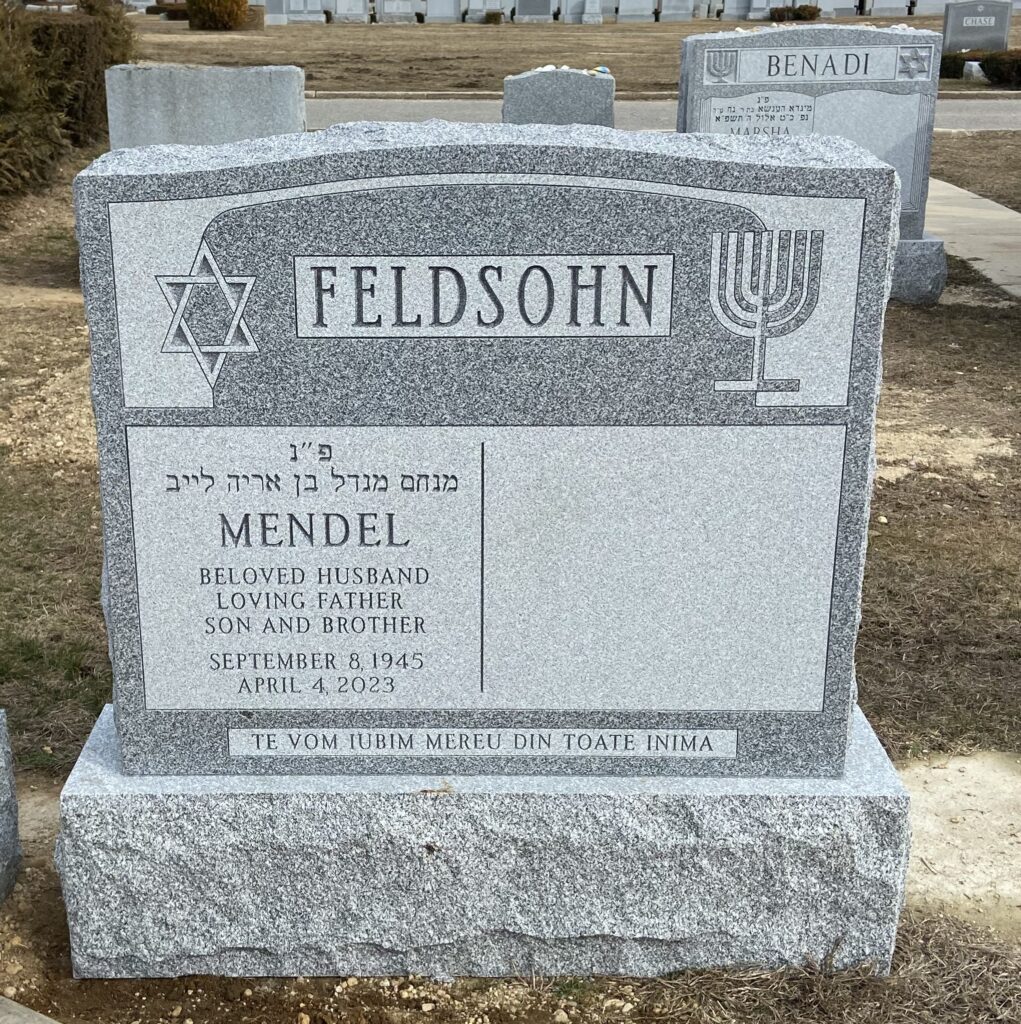
What Makes a Jewish Monument Unique?
A Jewish monument, or matzevah, is more than just a marker—it’s a spiritual tribute to the life and legacy of your loved one. Jewish headstones are traditionally simple and respectful, often inscribed in both English and Hebrew, and may feature symbols of Jewish faith such as the Star of David, Menorah, or prayers and Psalms.
Jewish tradition emphasizes the importance of honoring the dead with dignity (kavod hamet), and the monument plays a key role in that expression. At St. Charles Monuments, we incorporate these meaningful traditions into every Jewish monument we design.
What Types of Jewish Monuments Are Available?
We offer several monument styles based on individual or family needs, and we are always happy to consult with your Rabbi or cemetery to ensure everything aligns with your traditions.
Single Jewish Headstones
Single headstones honor one individual and offer ample space for inscriptions, Hebrew text, and meaningful symbols. They are often the most traditional choice for Jewish burial plots. We ensure all elements—from stone type to finish—respect the faith and personal history of your loved one.
Double Jewish Headstones
Double or companion headstones represent two people, typically spouses. This type of monument often includes the family name at the top, with room for two separate inscriptions and dates. Choosing a double headstone can also help ensure visual and spiritual consistency for future memorialization.
Footstones for Jewish Graves
Foot stones can complement upright monuments or serve as a simpler option for marking a grave. If your loved one is buried in a family plot and you’d like the new stone to match existing ones, our staff can visit the cemetery, measure the monument, and create a foot stone that matches in size, shape, and finish.
Jewish Headstone Inscriptions
At St. Charles Monuments, we offer professional **Jewish headstone inscription services** that honor both tradition and personal legacy. Our experienced team works with families to craft inscriptions that follow Jewish customs, typically including both English and Hebrew text, the individual’s Hebrew name, dates of birth and death, and meaningful phrases or prayers. We can also incorporate traditional blessings such as “תנצב״ה” (May their soul be bound in the bond of eternal life). Whether you’re finalizing an inscription for a new monument or adding lettering to an existing family stone, we ensure every detail is accurate, respectful, and beautifully engraved to reflect your loved one’s faith and memory.
What Is a “Matzevah”?
In Jewish tradition, matzevah refers to the gravestone and its inscription. This inscription often follows a customary structure, including:
- The phrase “פ״נ” (Here lies)
- The Hebrew name of the deceased (and often the father’s name)
- Birth and death dates (in both Hebrew and secular calendars)
- A personal tribute or title (e.g., “Beloved Mother”)
- A final prayer, such as “תנצב״ה” (May his/her soul be bound in the bond of eternal life)
We can include both Hebrew and English text, with support from translators and Rabbis to ensure the inscription is both meaningful and accurate.
What Jewish Symbols Are Used on Headstones?
Jewish monuments often feature sacred symbols, each chosen to represent the faith or personality of the departed. Common symbols include:
- Star of David – A universal symbol of Jewish identity.
- Menorah – Often used for women or to denote religious devotion.
- Hands in Blessing – Symbol for descendants of the Kohanim (priests).
- Broken Candle or Tree – Symbolizes a life cut short.
- Books or Scrolls – Often used for scholars or rabbis.
You can choose from hundreds of custom symbols to help tell the story of your loved one’s life and character.
What Is the Unveiling Ceremony?
The Unveiling Ceremony is a deeply meaningful Jewish tradition that typically takes place 11 months after burial. Families gather to formally “unveil” the headstone, often for the first time. This ceremony allows loved ones to reflect, pray, and find closure.
What Happens at a Jewish Unveiling Ceremony?
During the unveiling, it is customary to include:
- The recitation of Psalms
- A brief eulogy or personal reflection
- The uncovering of the monument (often with a special cloth)
- The El Maleh Rachamim prayer
- The Mourner’s Kaddish
We include a headstone cover cloth with every Jewish monument package, and we are happy to help you plan the unveiling in accordance with your family’s preferences and rabbinical guidance.
What Are the Jewish Cemetery Requirements on Long Island?
Each Jewish cemetery on Long Island has its own rules regarding monument size, materials, inscriptions, and symbols. At St. Charles Monuments, we are familiar with the guidelines of all local Jewish cemeteries including:
- Beth Moses Cemetery
- Wellwood Cemetery
- New Montefiore Cemetery
- Mount Ararat Cemetery
- And others across Long Island and New York City
We ensure every monument is compliant, approved, and placed with respect.
Can I Match an Existing Monument?
Yes. If you have a family plot or want to match a monument for a recently passed loved one, we can help. Our experienced team will:
- Visit the cemetery
- Photograph and measure the existing monument
- Match stone type, finish, inscription style, and design
- Provide a computerized layout for your approval
We aim for seamless continuity between past and present memorials.
Questions?
We understand the rules and regulations of all Jewish cemeteries in Long Island, New York. If you have questions about selecting the right location or materials, please reach out to us.
For over 50 years, St. Charles Monuments has helped Jewish families throughout Long Island and the surrounding areas honor their loved ones with respectful, meaningful headstones and monuments. Our team understands the importance of tradition, and we take pride in crafting personalized memorials that reflect both faith and family.
We’ll walk you through every step—design, approval, inscription, delivery, and unveiling—so you never have to go through it alone.
